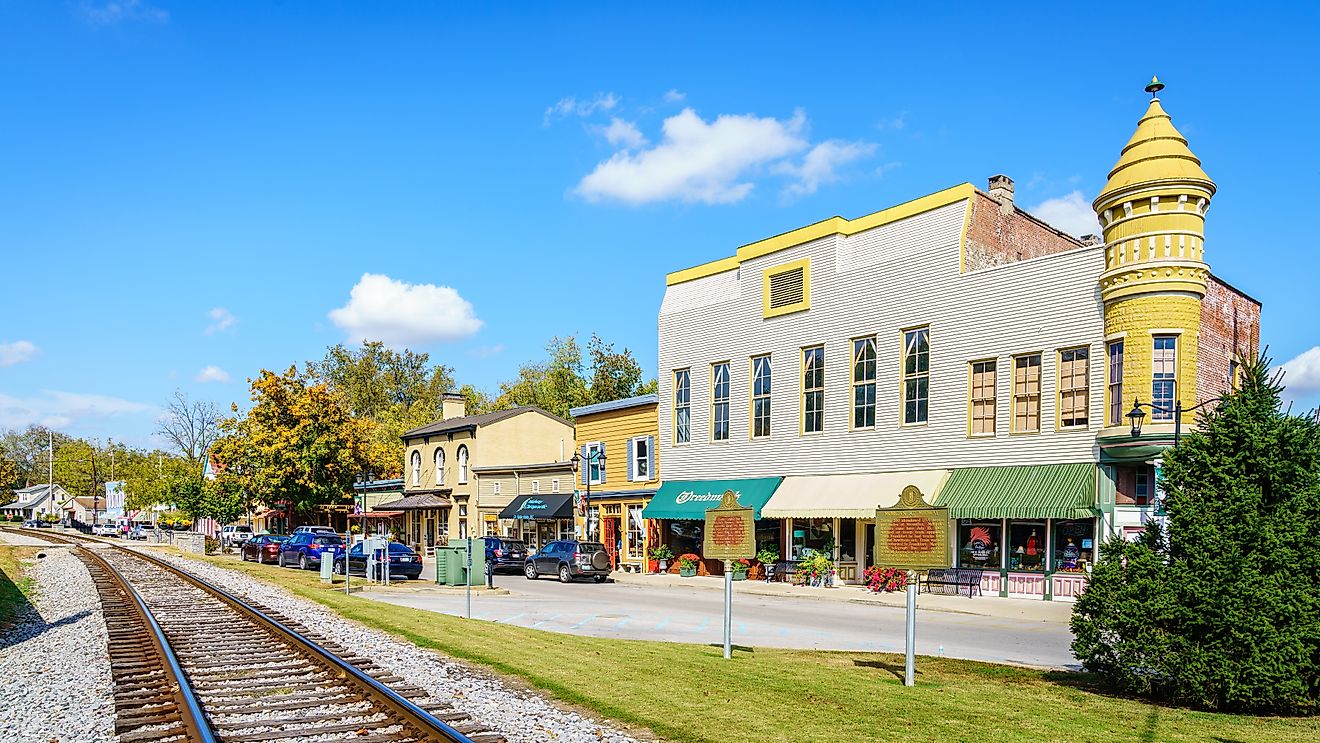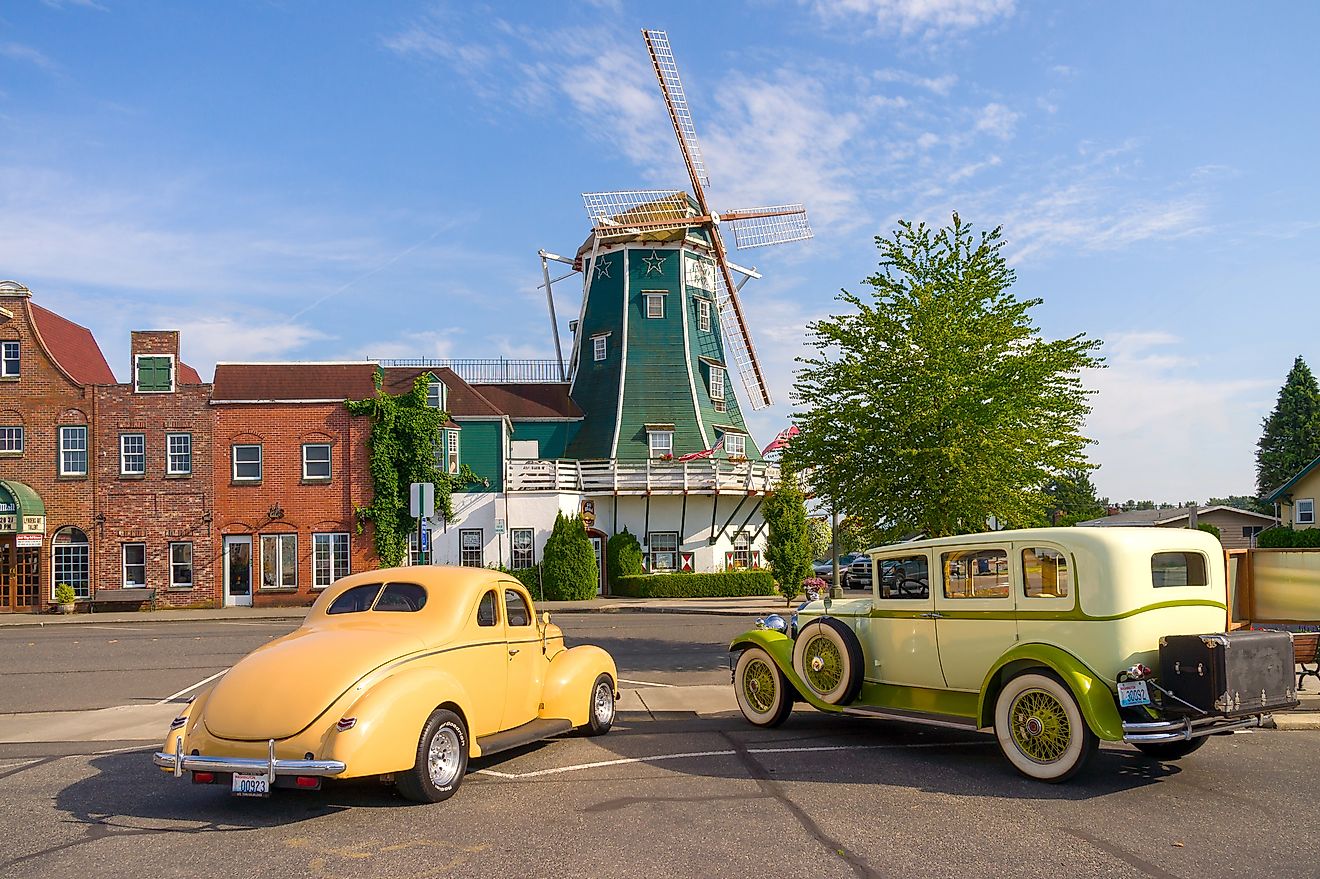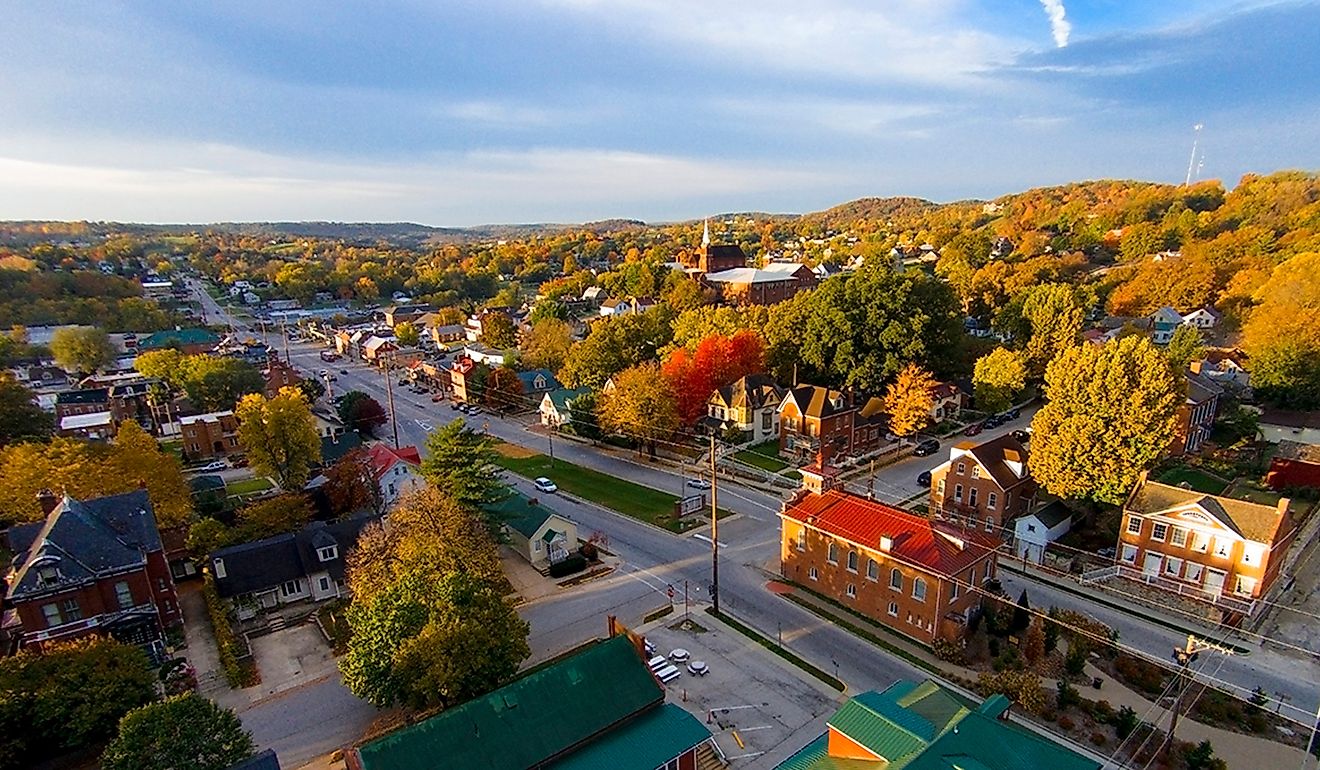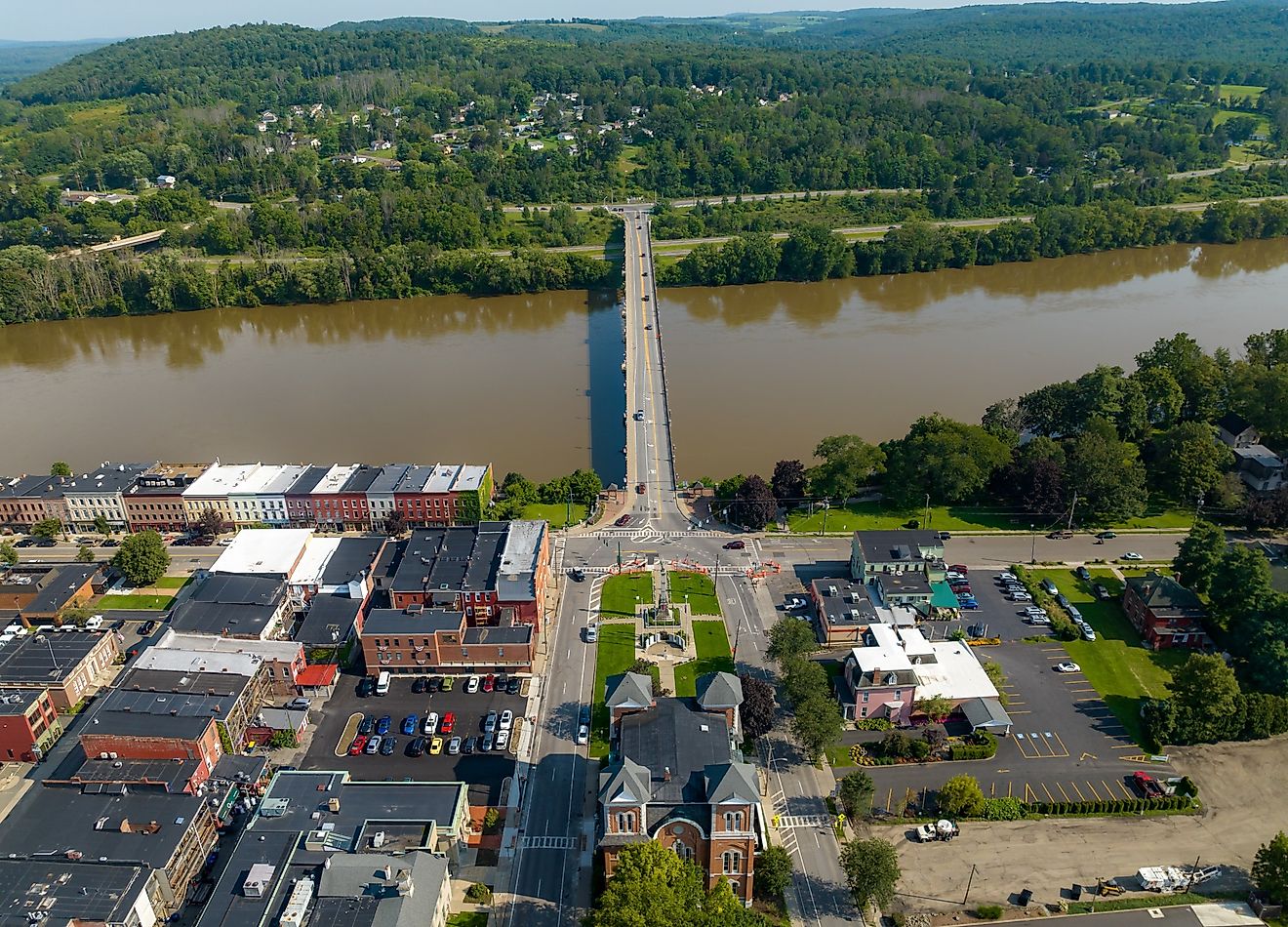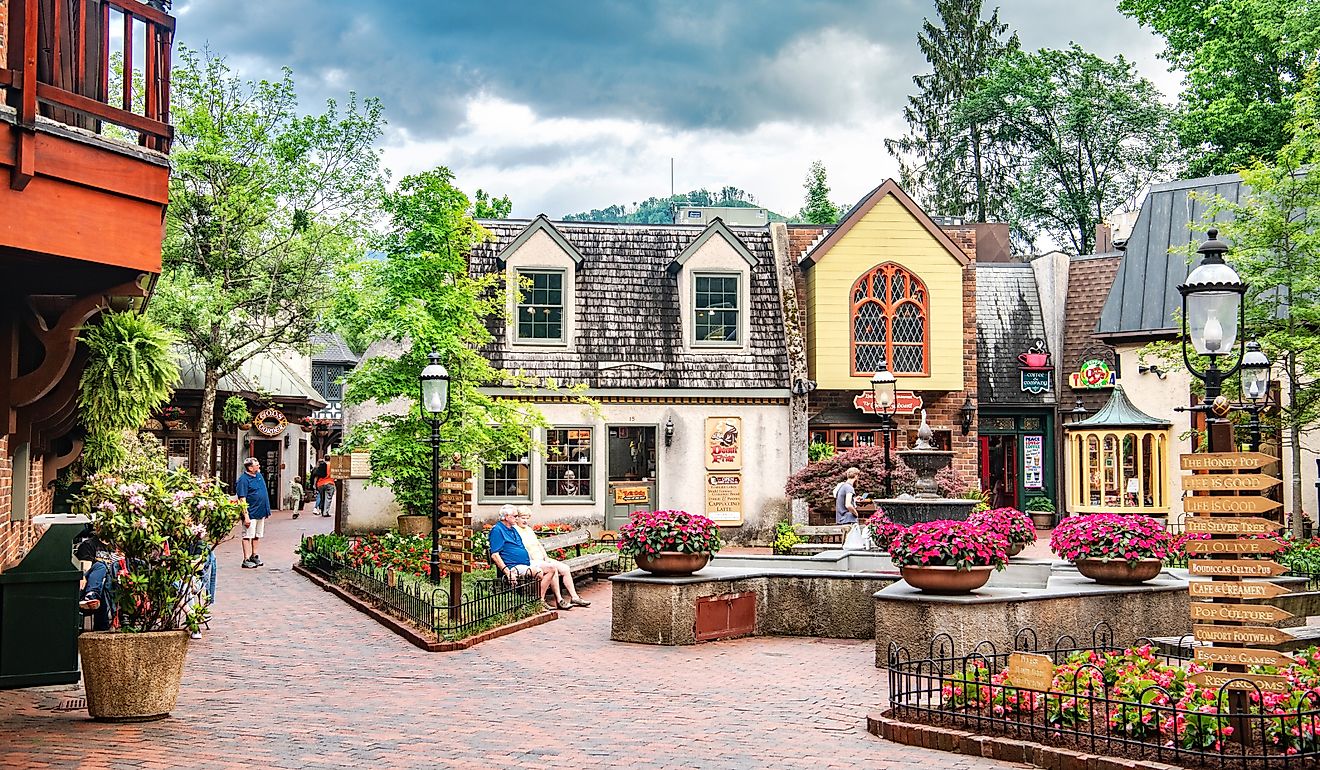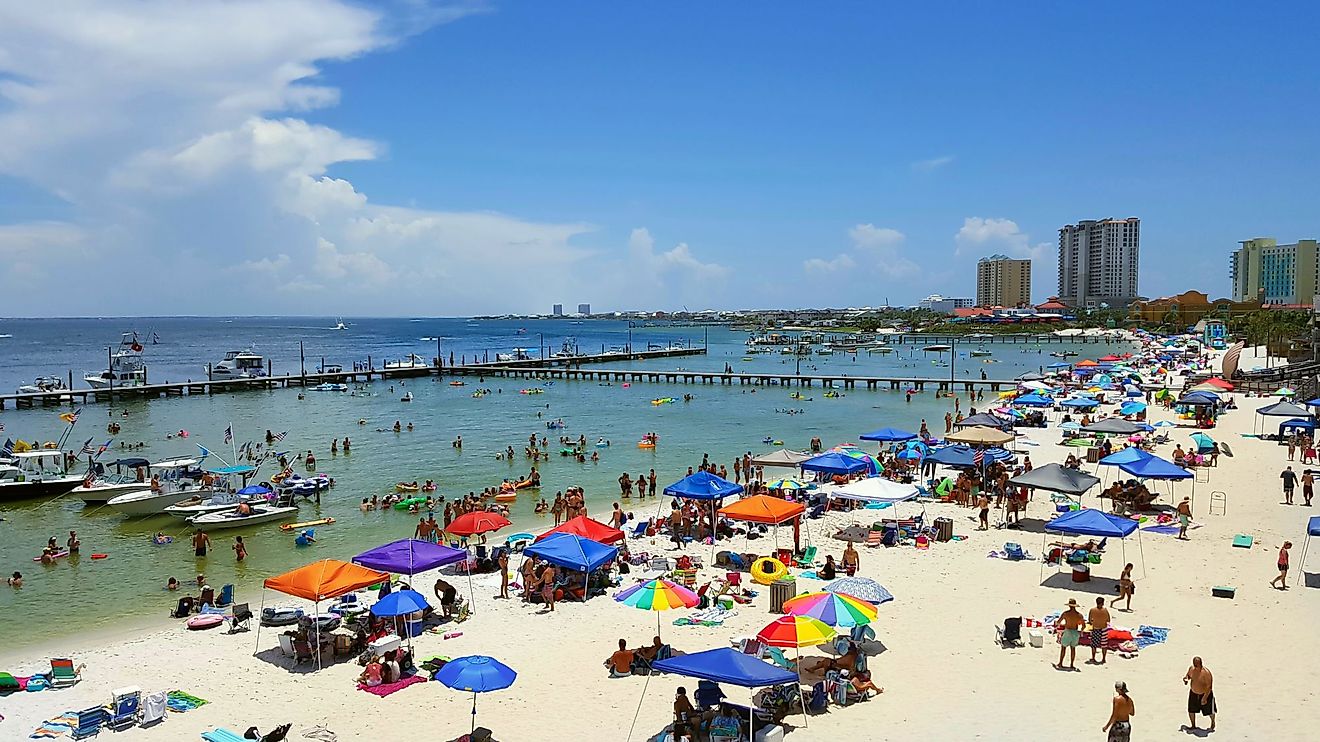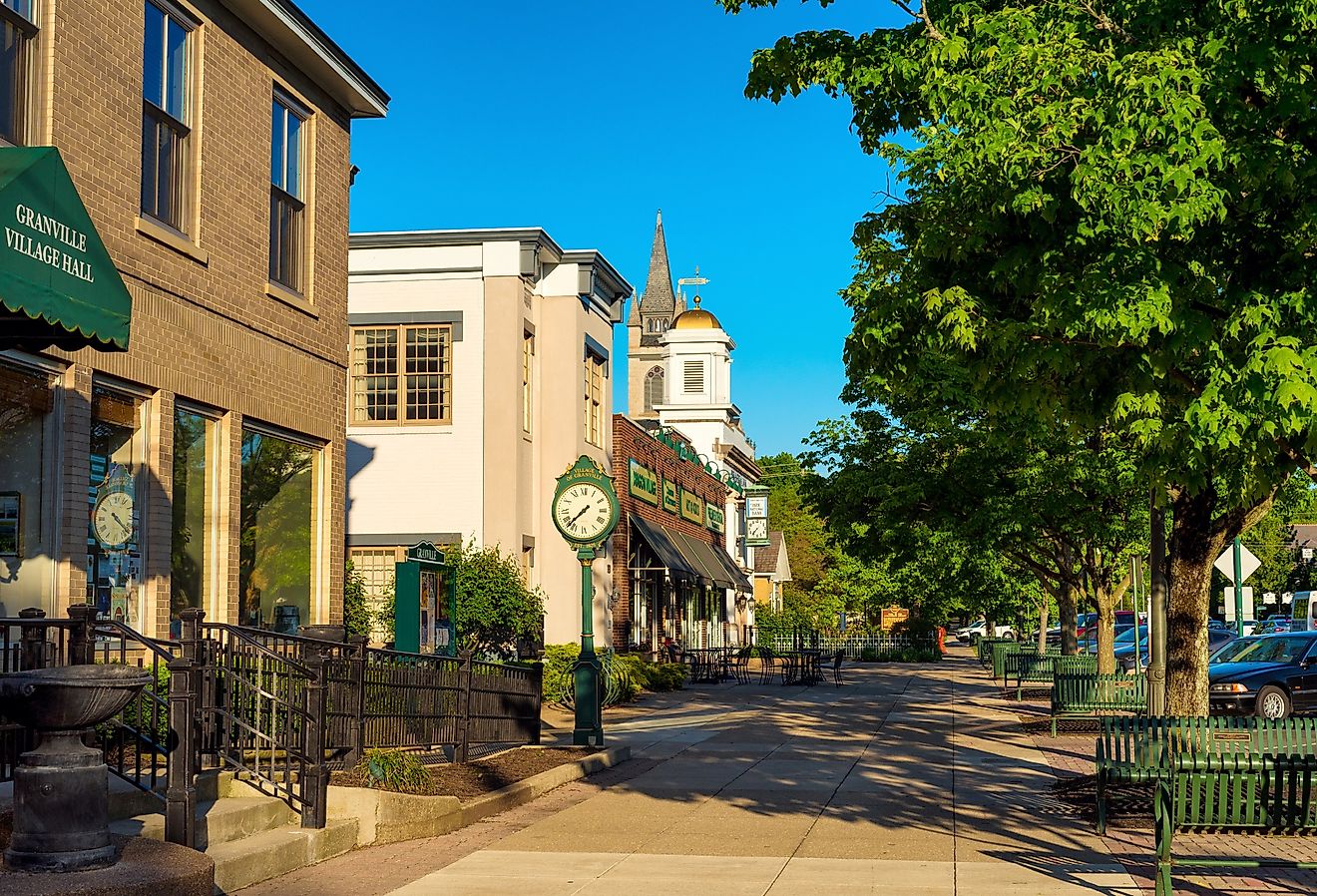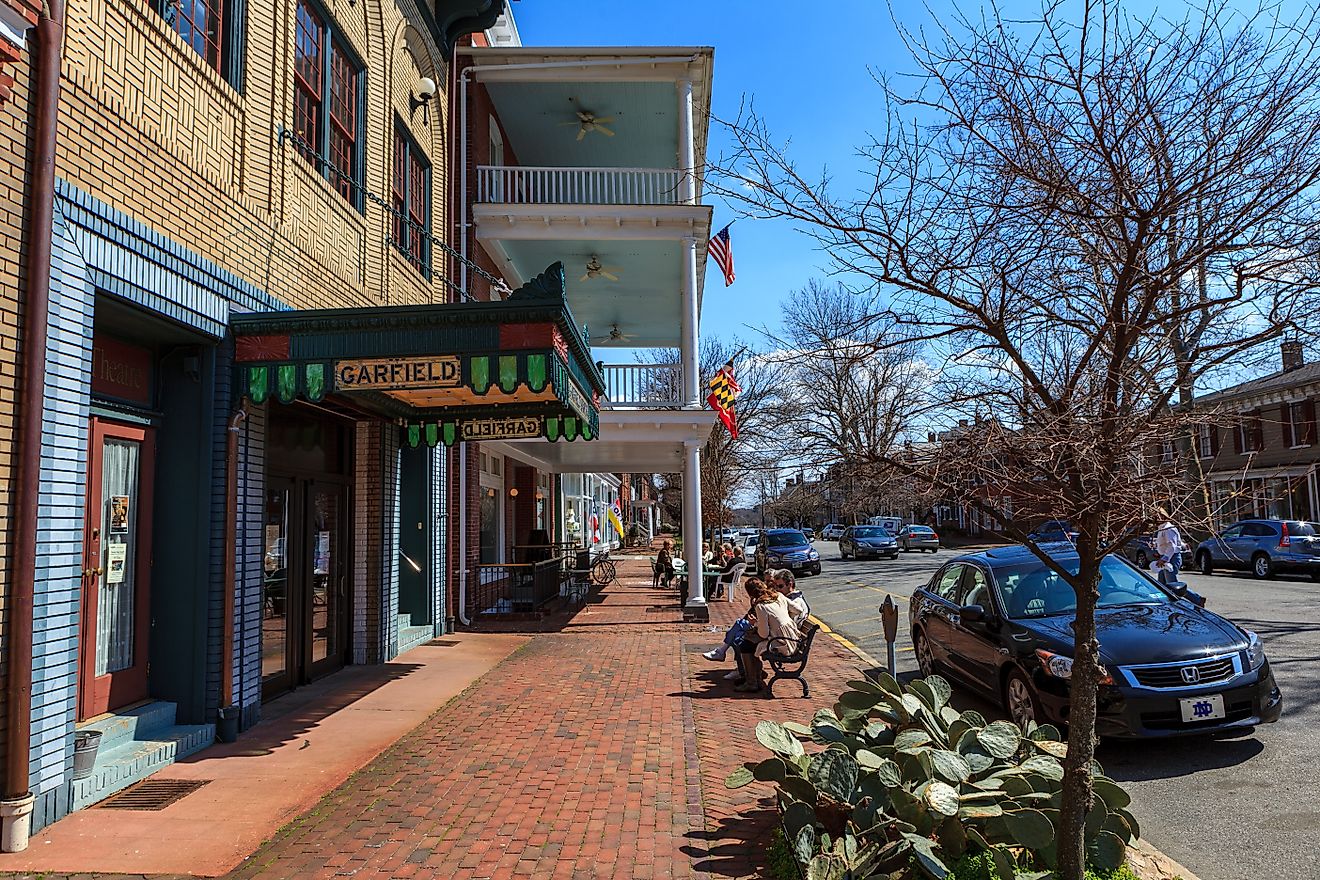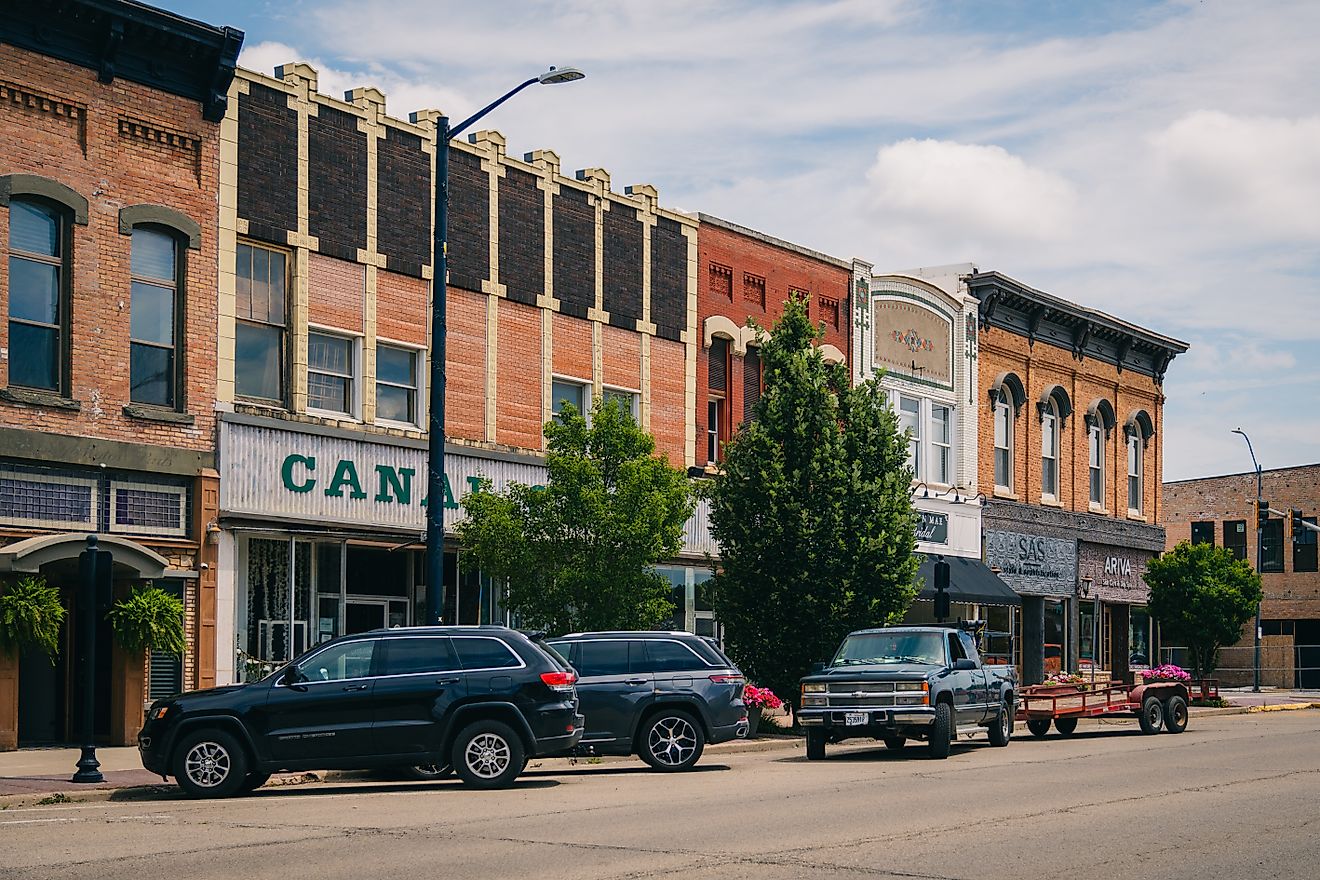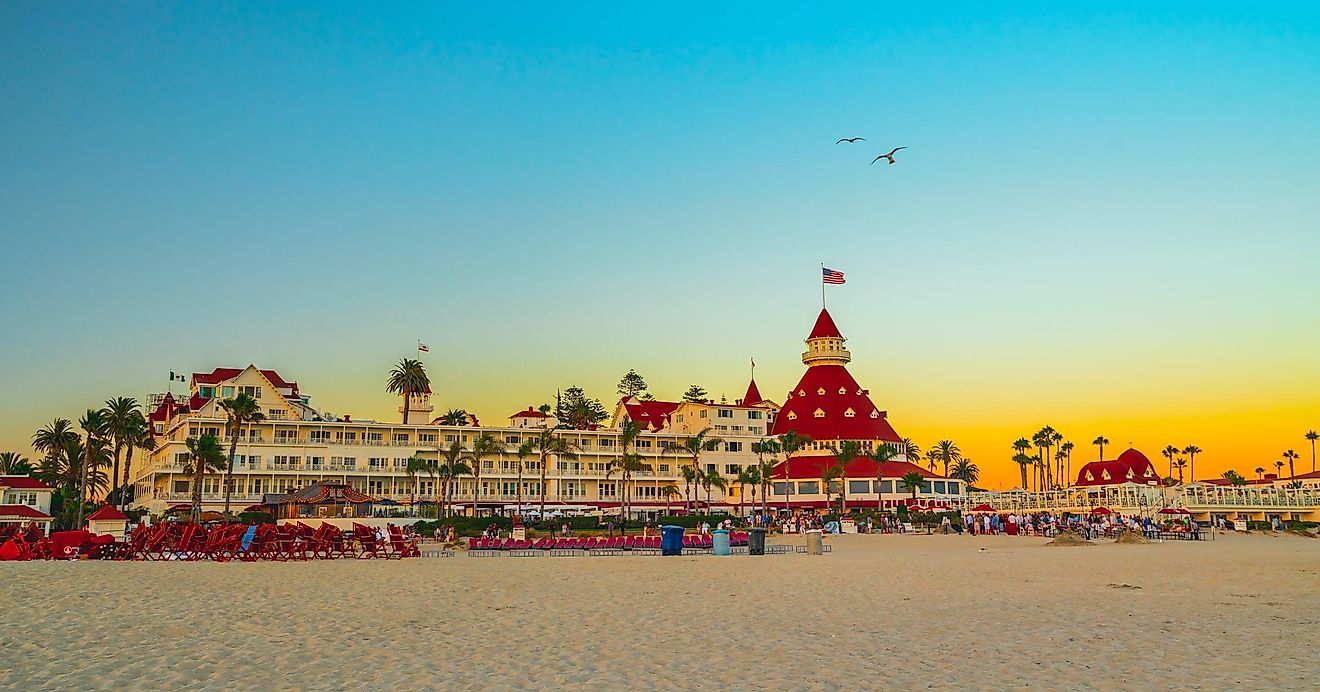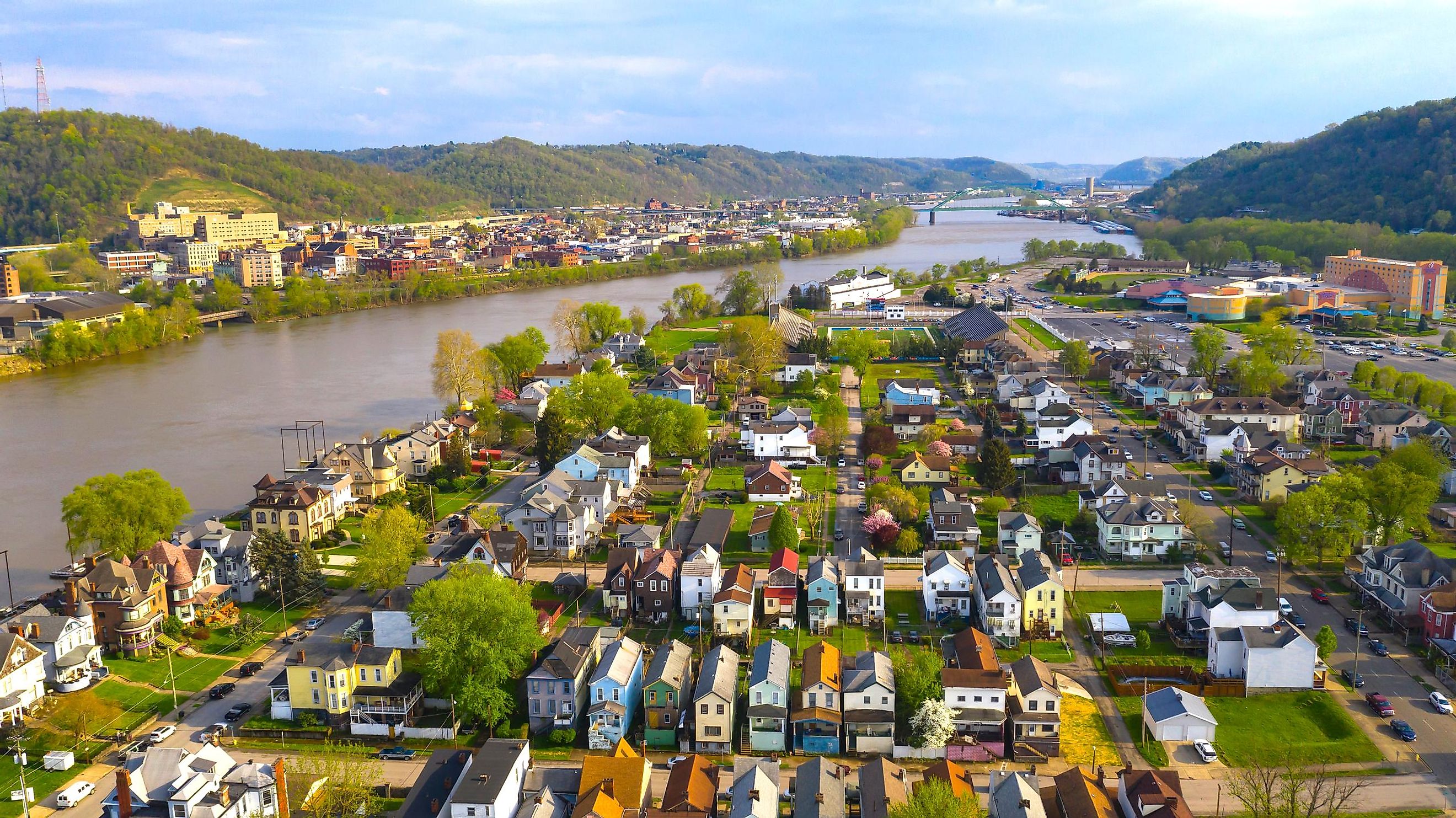
These Towns In West Virginia Have Rich Cultural Heritage
Located within the Appalachian Mountains in the Eastern United States, West Virginia is brimming with rich cultural heritage. Although West Virginia became a state in 1863 during the Civil War, the Mountain State’s history began long before this time. There are several towns in West Virginia that played important roles in the French and Indian War, as well as the westward expansion in the early 1800s. Many small towns throughout the state are steeped in cultural heritage, such as the agricultural roots found in Summersville, the art scene in Lewisburg, and the natural mineral springs found in Berkeley Springs. Whether looking to explore history that began prior to the United States becoming a nation in 1776 or viewing historic downtowns, here are several towns in West Virginia with rich cultural heritage.
Shepherdstown
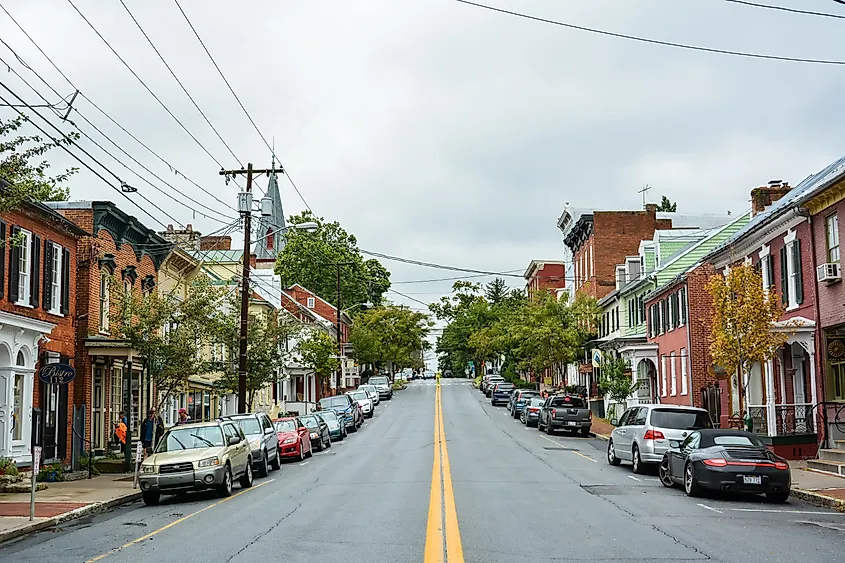
One of the oldest towns in West Virginia is the historic town of Shepherdstown. Although Europeans began to settle the town in the early 1700s, Shepherdstown was officially established on December 23, 1762. Visitors can stroll along the historic district on a self-guided walking tour to view architecture from the 18th and 19th centuries. More history can be discovered at the Historic Shepherdstown Museum, located in the Entler Hotel from 1786. Visitors can also experience live music, movies, and comedy acts at the historic Shepherdstown Opera House, built in 1910.
Throughout the quaint town, history buffs can explore the role that Shepherdstown played in the Civil War. On September 17, 1862, the Battle of Antietam occurred roughly five miles from the town. Thought to be the bloodiest single-day battle in American history, 5,000 to 8,000 injured soldiers filled nearly every building and house in Shepherdstown following the battle. The town itself fought the Civil War Battle of Shepherdstown on September 19 and 20, 1862. Travelers can pay their respects to the Civil War casualties at Elmwood Cemetery, which is also the resting place of veterans who served in the American Revolutionary War, War of 1812, WWI, and WWII.
Wheeling
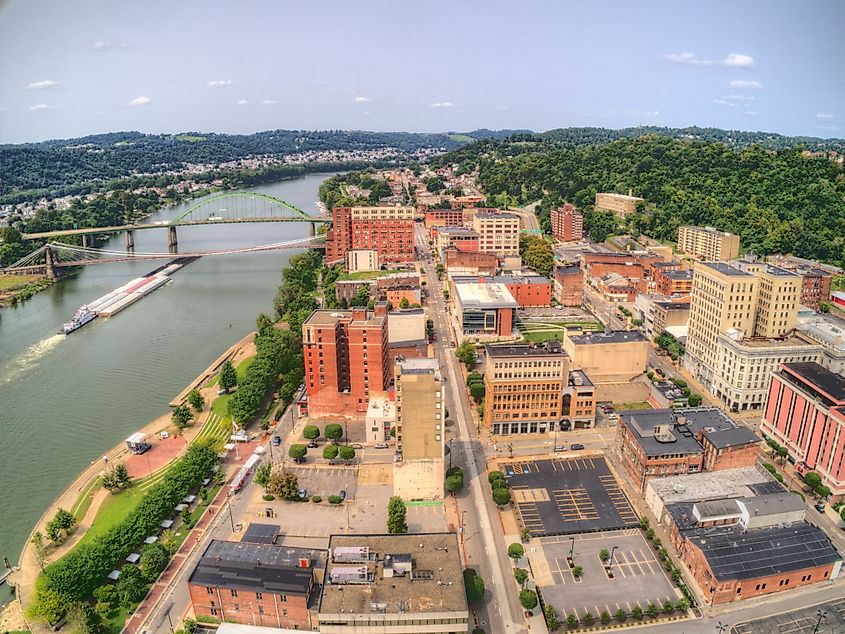
Known as the birthplace of West Virginia statehood, Wheeling offers rich history and culture for all visitors to experience. History buffs can learn more about the region's past at Independence Hall, where West Virginia was established as a state on June 20, 1863. Built in 1859, Independence Hall offers historical tours and is part of Wheeling’s historic downtown district. The downtown area boasts beautiful architecture from the 1800s and early 1900s, including Centre Market from 1853, which boasts local shops and hosts several festivals throughout the year. More cultural heritage can be explored at the 1846 Oglebay Mansion Museum and the Glass Museum, showcasing 4,000 glassworks made in Wheeling from 1829 to 1939.
Although Wheeling played an important role in the statehood of West Virginia, its historical roots date prior to 1863. Nestled in the foothills of the Appalachian Mountains, Wheeling served as a crucial transportation hub and played a pivotal role in the westward expansion, becoming part of the 620-mile National Road in 1818. Located along the historic road and spanning the Ohio River is the iconic Wheeling Suspension Bridge. Built in 1849, the bridge remains the oldest vehicular suspension bridge still in use in America.
Morgantown
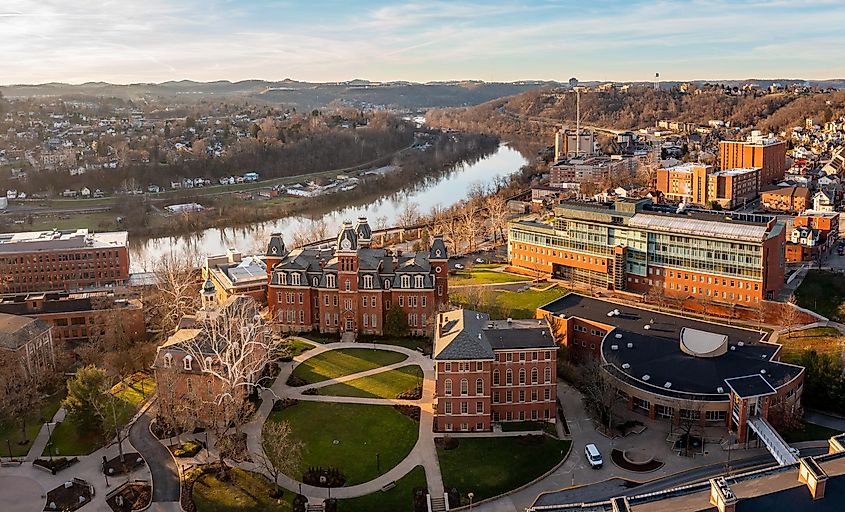
Situated along the Monongahela River near the border of Pennsylvania is historic Morgantown. Settled in 1772 by Zackquill Morgan, Morgantown was an area disputed in the French and Indian War. The town was officially established on October 17, 1785 after the Treaty of Paris of 1763 was signed. Today, visitors can stroll Historic Downtown Morgantown to view historical architecture, such as the Old Stone House, the oldest stone dwelling in the county. Dating back to 1795, the Old Stone House serves as a gift shop with artisanal West Virginia items.
More history can be explored at the Morgantown History Museum, which showcases local art, a vintage printing shop, and memorabilia of hometown actor Don Knotts. Visitors can take a selfie with the Don Knotts statue in front of the Metropolitan Theater, known as “West Virginia’s Most Beautiful Playhouse.” Built in 1924, the neoclassical revival style theater is home to concerts, shows, and live performances. For art lovers, the Art Museum at West Virginia University showcases 4,000 works of art, including paintings from the 19th-century. The art museum offers free admission and local, national, and global artwork.
Lewisburg

The charming town of Lewisburg boasts a well-preserved historic downtown that is renowned for its vibrant arts scene. The town is a cultural hub in West Virginia for artists and musicians. Throughout the historic downtown area, visitors can explore works by local artists at several art galleries, such as Paragon Fine Art, Lee Street Studios, and Young at Art. The area is also home to many theaters, including Greenbrier Valley Theater and Carnegie Hall, one of only four Carnegie Halls in the world. Built in 1902, the venue serves Lewisburg as a performance hall, gallery space, and arts education center.
The downtown is also home to the North House Museum. History buffs can learn more about the area’s history, including its Civil War past. Nearby is more history and architecture to explore at the Barracks. The three-story stone and log structure is one of the oldest buildings in Lewisburg, built in 1799 and located along the Seneca Trail Highway. While in town, guests can stay at the historic General Lewis Inn. Located in a house from 1834 and then extended in the 1920s, the inn is named after General Andrew Lewis, a prominent general in the French & Indian War.
Harpers Ferry
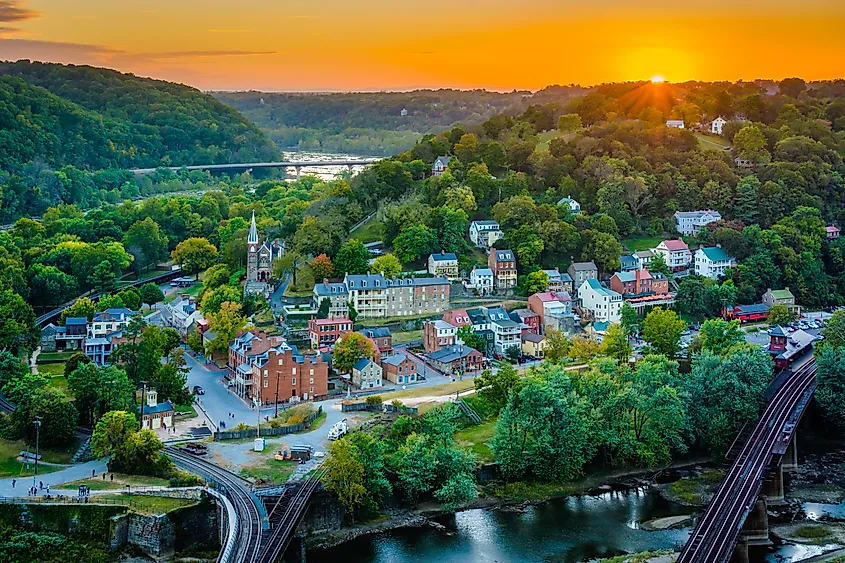
The picturesque town of Harpers Ferry offers a unique look at West Virginia’s cultural heritage. Located along the confluence of the Potomac River and Shenandoah River, Harpers Ferry played a major role in the Civil War. The town is home to Harpers Ferry National Historical Park, which features John Brown’s Fort. Just prior to the start of the Civil War, in October of 1859, John Brown raided the Armory’s fire engine and guard house, occupying the structure as a stance against slavery. The National Park also features St. Peter’s Roman Catholic Church, completed in 1833. During the Civil War, the church was occupied by both Confederate and Union soldiers and remained the only church in town to completely survive the war. The church is also located along the Appalachian Trail, which runs through the historic town.
Harpers Ferry is also renowned for its well-preserved 19th-century architecture. With approximately 100 buildings listed on the National Register of Historic Places, the town offers a glimpse into its past when it was a transportation hub from 1800-1860. Visitors can step back in time at the town’s historic depot and take a ride along the Amtrak train in the stunning Appalachian Mountains.
Berkeley Springs
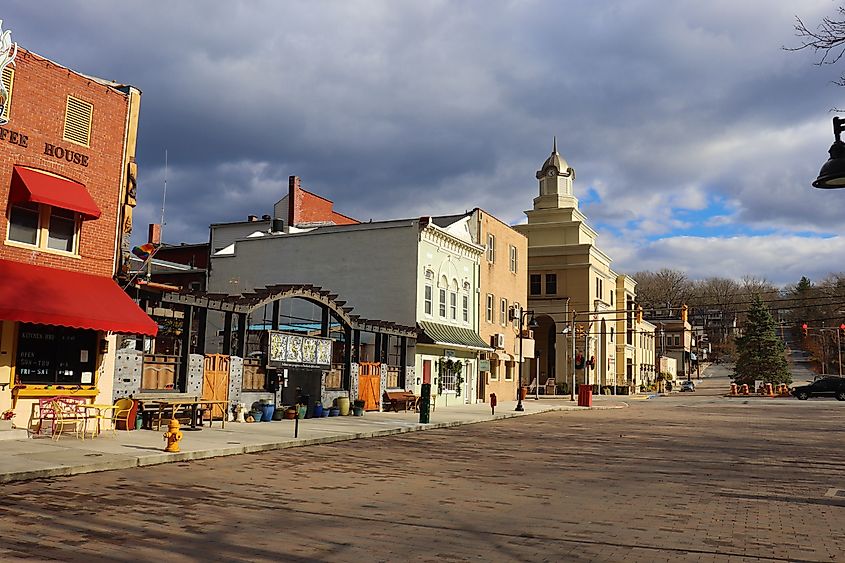
Located near the Potomac River and the border of Maryland, Berkeley Springs blends historical significance with its natural beauty. As the name suggests, Berkeley Springs is home to several natural mineral springs. Visitors can enjoy the springs at one of the many spas in town, such as the Berkeley Springs Salt Cave, as well as at Berkeley Springs State Park. The park is home to historic Roman Baths that have been used since the 18th century during the colonial period. In fact, President George Washington first visited the springs in 1748 and eventually incorporated the town in 1776 as the Town of Bath. Today, the park offers nine private walk-in tubs, a summer outdoor pool, spring water in a free public tap, and springs pools.
More history of the town and area can be enjoyed in the park at the Museum of the Berkeley Springs. The area is listed on the National Register of Historic Places, along with 154 buildings in the historic town. One of the most unique structures in town is the Berkeley Springs Castle, built between 1885 and 1891. The 9,300-square-foot castle is made from local silica sandstone and hosts private events throughout the year.
Summersville
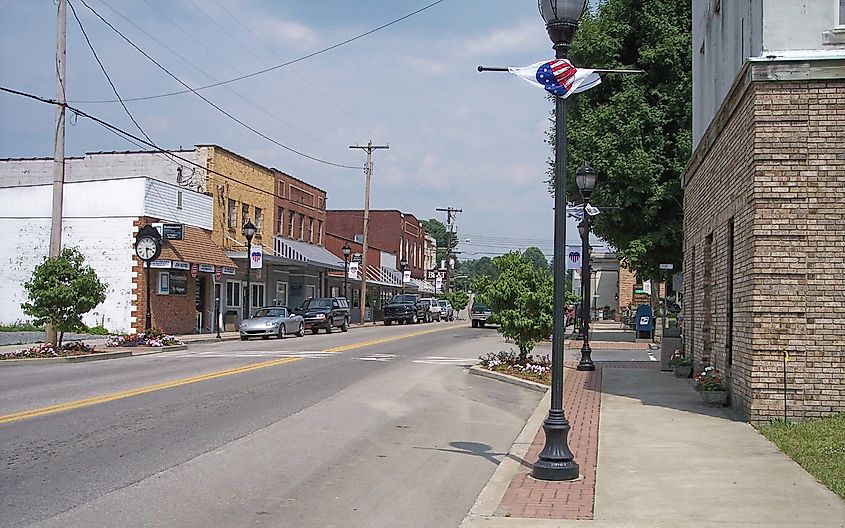
Nestled in the heart of West Virginia, Summersville is steeped in rich history, playing a pivotal role in the Civil War. The 156-acre Carnifex Ferry Battlefield State Park commemorates the 1861 Battle of Carnifex Ferry, which led to Confederate withdrawal from western Virginia. One of the oldest state parks in the United States, visitors can experience Civil War reenactments at Carnifex Ferry. The park also showcases Civil War relics at the historic Henry Patterson House Museum, built in the 1850s. In the quaint downtown, visitors can view historical 20th-century buildings, including Old Main. The former Nicholas County High School, built in 1913, showcases eight museum rooms to explore.
Along with its Civil War past and historic structures, Summersville is steeped in agricultural and recreational heritage. The Kirkwood Winery, the region’s first winery, intertwines modern wine-making with the town's agricultural roots. A local favorite, the winery hosts the annual Wine and Music Fest at the Vineyard in September. Another popular spot to visit is Summersville Lake, the largest lake in the state with 60 acres of shoreline and 2,800 acres of water. The lake provides ample recreational opportunities, such as boating, swimming, and competing in fishing tournaments.
West Virginia’s Cultural Heritage
These West Virginia towns are steeped in cultural heritage, blending historical landmarks with natural beauty. Each small town offers a distinct view of the region’s history and cultural roots, including local and regional artwork found in Morgantown and Lewisburg, important Civil War battles fought in Shepherdstown and Summersville, and historic downtowns in Harpers Ferry and Wheeling. Whether exploring the state’s early American architecture or learning more about West Virginia statehood, these small towns offer a unique look at the Mountain State’s rich history.
